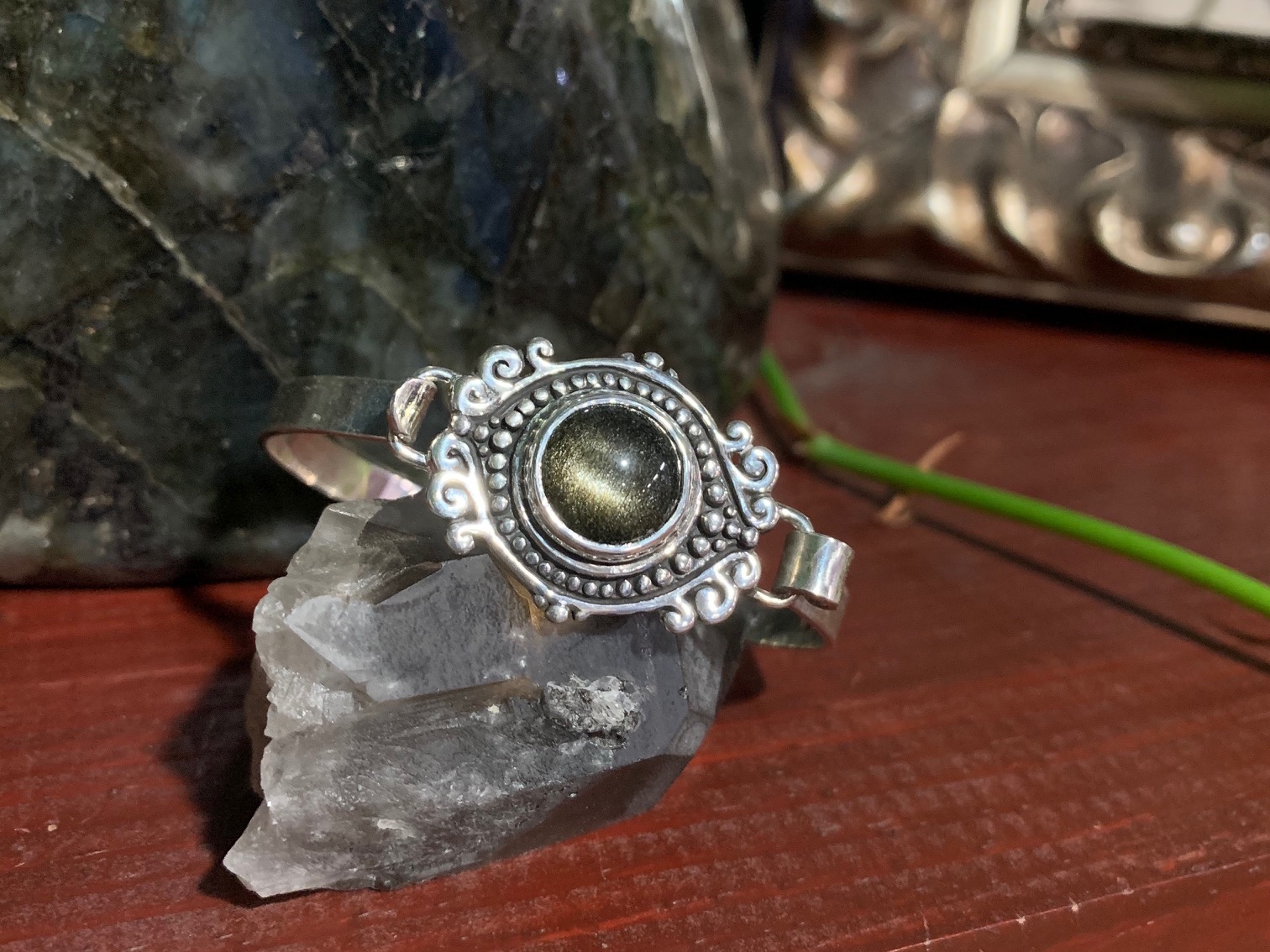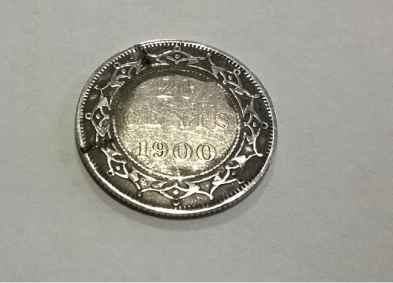A Survivor's Guide to Jewelry Buying - Silver Part 2
As we continue to learn more about silver and its properties, it’s important to note that silver is a highly diverse metal with numerous kinds and uses. Below are just a few types of silver and how they’re used.

Sterling Silver
This is the most common silver alloy available. It consists of 92.5% Silver, and one or more metals comprise the other 7.5%. The alloy allows for harder and more durable jewelry. In our studio, copper makes up the 7.5% because it increases the hardness and lowers the overall melting temperature.
Coin Silver
In the U.S., Coin Silver contains 90% silver and 10% copper. You don’t usually see coin silver used in jewelry. The history of the silver found is a coin is fascinating, so check this out if you’d like a little walk through history.

Britannia Silver: this contains a minimum of 95.84% silver which makes it a more valuable alloy than sterling. However, this is rarely seen in jewelry as it is notably softer than sterling silver.
Mexican Silver: this refers to silver used as currency in Mexico (otherwise known as the peso of which there is a silver and paper version). Typically, Mexican Silver is comprised of 95% silver and 5% copper. This alloy is used more as currency than in jewelry. Silver jewelry made in Mexico is more commonly crafted from sterling silver.

Reticulation Silver
Lastly, this silver contains 80% silver and 20% copper. Most commonly it is used in art jewelry and jewelry fabrications.
There are multiple silver alloys used worldwide. For example, a South American alloy made of 80% silver won’t tarnish. Additionally, jewelry makers stamp silver pieces with a code for the alloy they used. If you were to look closely on the inside of your silver band, you may see certain numbers designating the specific alloy used. “925” indicates sterling silver, “958” indicates Britannia Silver, “900” is Coin Silver, and the list goes on!
When shopping for your silver jewelry, make sure to inspect the pieces carefully for a code so you know what you’re purchasing. If the stamped code isn’t in an obvious place, check on the clasps and posts for tiny stamps!